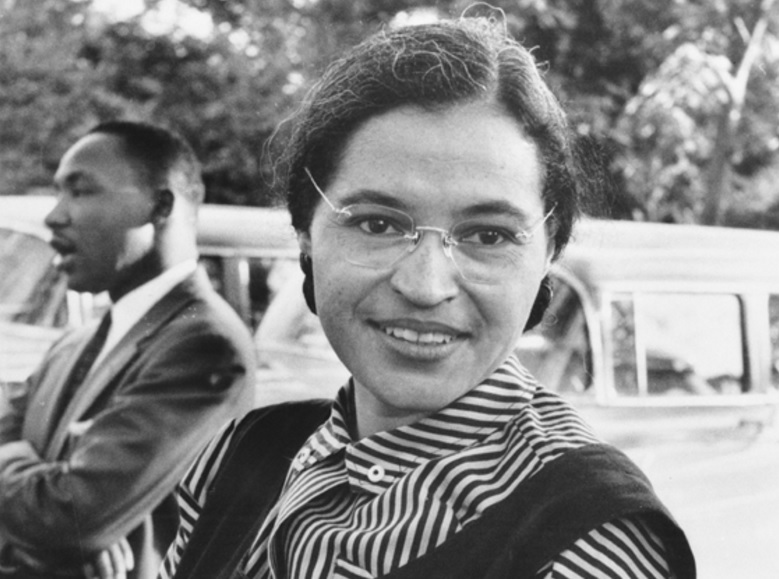Times staff report
The AT&T Alabama African-American History Calendar has been highlighting the achievements of the state’s best and brightest since 2011. It highlights the achievements of 12 notable Alabamians for a calendar year. Here is a listing of honorees who have had a compelling impact on Alabama and beyond, with the year they have appeared on the calendar.
Rosa Parks (2013)
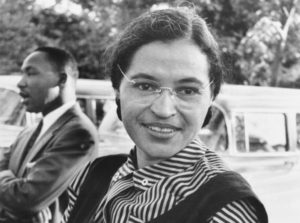
Rosa Parks, born Rosa Louise McCauley in 1913 in Tuskegee, Ala., is known as the “mother of the modern civil rights movement,” due to her refusal to give up her bus seat on a Montgomery bus in December 1955. Parks’ refusal came after a long day at the Montgomery Fair Department Store, where she worked as a tailor’s assistant. Even though she was in the front row of the section designated for black passengers, a white passenger entered the bus and the driver ordered four black passengers to give up their seats. Giving up seats to white passengers was common practice if the white section was full. Parks refused and was arrested. The night of her arrest, the local National Association for the Advancement of Colored People (NAACP) chapter started organizing a boycott of the city’s buses in protest. Parks helped with the protest, collaborating with civil rights leaders including the Rev. Dr. Martin Luther King Jr. The Montgomery Bus Boycott lasted 381 days, putting the city’s transit in serious economic jeopardy. The U.S. Supreme Court ruled in 1956 that segregation laws in public accommodations were unconstitutional, ending segregation on public buses in Montgomery.
Dr. Lawrence J. Pijeaux Jr. (2014)
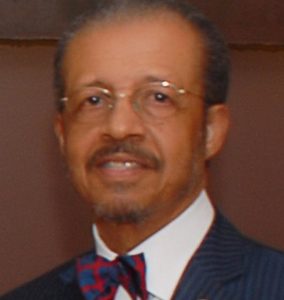
Lawrence J. Pijeaux Jr., EdD, was president and CEO of the Birmingham Civil Rights Institute (BCRI) from 1995 to 2014. Under Pijeaux, a native of New Orleans, La., the institution achieved full accreditation from the American Association of Museums in July 2005. In addition, the BRCI earned the Coming Up Taller Award in 2007 and the inaugural National Medal for Museum Service in 2008; it was named an affiliate of the Smithsonian Institution in 2007. Pijeaux was nominated by President Barack Obama to serve on the National Museum and Library Services Board in 2010.
Dr. Lucius Holsey Pitts Sr. (2016)
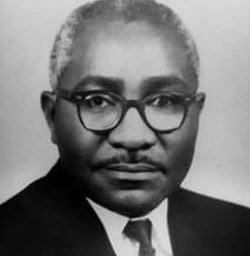
Dr. Lucius Holsey Pitts Sr. was the President of Miles College in Fairfield, Ala., from 1961 to 1970. In 1971, he became the first alumnus and African-American president of Paine College in Augusta, Ga. As president of Miles College, Pitts organized meetings between Miles students and Birmingham community and business leaders to avert boycotts of segregated businesses. These talks, as well as a Selective Buying Campaign by students to boycott segregated businesses, led the way to integration in Birmingham. Pitts was also a member of the Central Committee” formed by leaders of the Alabama Christian Movement for Human Rights (ACMHR), the Southern Christian Leadership Conference (SCLC), and other civil rights activists to create mass protests in 1963. In 1969, Pitts was named co-chair of a biracial community relations group called the Community Affairs Committee organized through Operation New Birmingham to address African-American concerns in Birmingham.
James Thomas Rapier (2013)
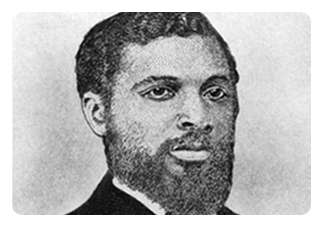
Florence, Ala.’s, James Thomas Rapier, born in 1837, was the only black delegate to the Alabama Constitutional Convention in 1867. Rapier’s political career also involves acting as vice president of the National Negro Labor Union (NNLU) in 1870 and establishing the first branch of the group in Alabama in 1871, acting as its president and executive chairman. Rapier had an unsuccessful bid for secretary of state in 1870, but it marked the first time an African-American had run for statewide office in Alabama. He later served one term as the state’s 2nd Congressional District Representative.
Wallace Rayfield (2012)
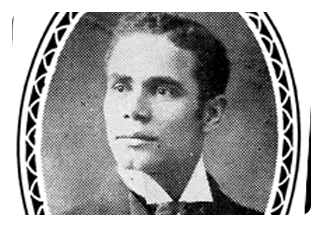
Wallace Rayfield was a major southern architect in the early 20th century. Born in Macon, Ga., in 1872, he was recruited by Booker T. Washington to become the director of the Architectural and Mechanical Drawing Department at the Tuskegee Institute (now Tuskegee University), where Rayfield worked until 1908. In 1907, Rayfield opened his first private architectural office in Tuskegee. In 1908, he moved his practice to Birmingham, Ala., where he designed for clients in the south and in Africa. Rayfield’s specialty were church buildings, including Birmingham’s historic Sixteenth Street Baptist Church. Rayfield designed 140 projects in Alabama alone, including homes, fraternal buildings, commercial structures, and churches. He also designed six projects at Miles College, two at the Tuskegee University, and two at Alabama Agricultural and Mechanical University, as well as single projects at Payne University, Selma University, and the University of West Alabama. Other buildings Rayfield designed are in Arkansas, Florida, Georgia, Kentucky, Louisiana, Maryland, Mississippi, North Carolina, Ohio, Oklahoma, Pennsylvania, South Carolina, Tennessee, Texas, and West Virginia.
Amelia Boynton Robinson (2014)
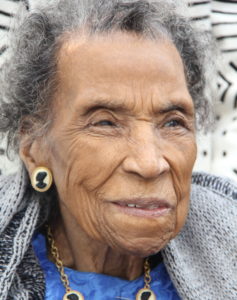
Amelia Boynton Robinson was a key player in Alabama’s civil rights movement. Her home in Selma, Ala., was used as a meeting place and shelter for civil rights activists, including George Washington Carver, Rosa Parks, the Rev. Dr. Martin Luther King Jr., Mary McLeod Bethune, Ralph Bunche, Robert Kennedy, Duke Ellington, Joan Baez, Dick Gregory, Dorothy Height, Count Basie, Bill Cosby, John Lewis, James Bevel, Joseph P. Lowery Jr., Andrew Young, foreign dignitaries, and many others. Her home also became the headquarters for the Southern Christian Leadership Conference and was where many protests, including Selma’s “Bloody Sunday” march, were planned. Boynton marched at the head of the demonstration and was presumed dead during the attack. The photograph of an injured Robinson aroused the nation’s conscience. Robinson organized the first boycott by African-Americans in Alabama in 1955, when a Selma woman was killed from injuries sustained after being dragged by a bus. She also boycotted most of Selma’s white-owned stores that did not hire African-Americans. In 1964, she became the first woman ever to run for an Alabama Congressional seat.
#BlackHistoryMonth: Notable black Alabamians will be updated throughout the remainder of February. Read Part One, Part Two, Part Three, Part Four, Part Five, Part Six, Part Seven, Part Eight, Part Nine, Part Ten

